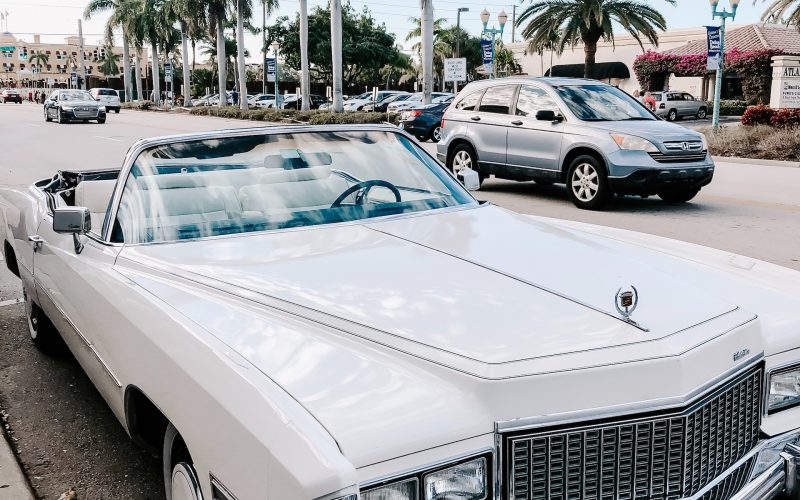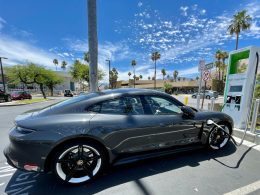Lisbon, the charming capital city of Portugal, is known for its stunning architecture, vibrant culture, and mouth-watering cuisine. However, the city is also plagued with heavy traffic congestion and air pollution, making it difficult for residents and tourists to navigate the bustling streets. In an effort to address these issues and promote sustainable urban living, the city has made a bold move by banning cars from its historic downtown area. But is this policy really the answer to the city’s problems, and could it serve as a model for other cities around the world?
The car ban was implemented in late 2020, following years of planning and public consultation. The downtown area, which includes the popular districts of Baixa, Chiado, and Rossio, is now only accessible to pedestrians, bicycles, and public transportation. Taxis, emergency vehicles, and service vehicles are allowed, but only at restricted times and with limited access. The ban has been well-received by many residents, who have long complained about the noise, pollution, and danger of cars in the city center.
But the ban has not been without its critics. Some business owners in the affected areas have raised concerns about the impact on their operations, as well as the inconvenience caused to customers who can no longer drive to their shops or restaurants. There have also been concerns about the accessibility of the area for disabled people and the elderly, as well as the potential for increased traffic congestion in surrounding neighborhoods.
Despite these concerns, the city government has remained committed to the car ban, citing the need to prioritize the health and wellbeing of residents, as well as the preservation of the city’s historic and cultural heritage. The move is part of a broader strategy to promote sustainable transportation options and reduce carbon emissions, with the city also investing in bike lanes, pedestrian walkways, and public transportation infrastructure.
The benefits of the car ban are already being felt by many residents and visitors. The streets are quieter, cleaner, and more inviting, with more space for people to walk, cycle, and socialize. The reduced traffic has also made it easier for emergency services to navigate the city center, improving response times and safety.
Furthermore, the ban has the potential to boost the local economy by attracting more tourists and promoting sustainable businesses. Lisbon is already known for its vibrant street life, and the car ban has made it even more attractive to visitors who can now explore the city on foot or by bicycle.
However, there are still challenges to be addressed. The city must ensure that public transportation services are reliable and efficient, and that there are enough parking and bike-sharing options for residents and visitors. The city must also work to ensure that the ban does not exacerbate social and economic inequalities, and that it is accessible and inclusive for everyone.
In conclusion, Lisbon’s car ban is a bold and innovative move towards sustainable urban living. While it may not be without its challenges, it has the potential to transform the city center into a more livable, enjoyable, and environmentally-friendly space. If successful, it could serve as a model for other cities around the world that are grappling with issues of traffic congestion, air pollution, and sustainability.











